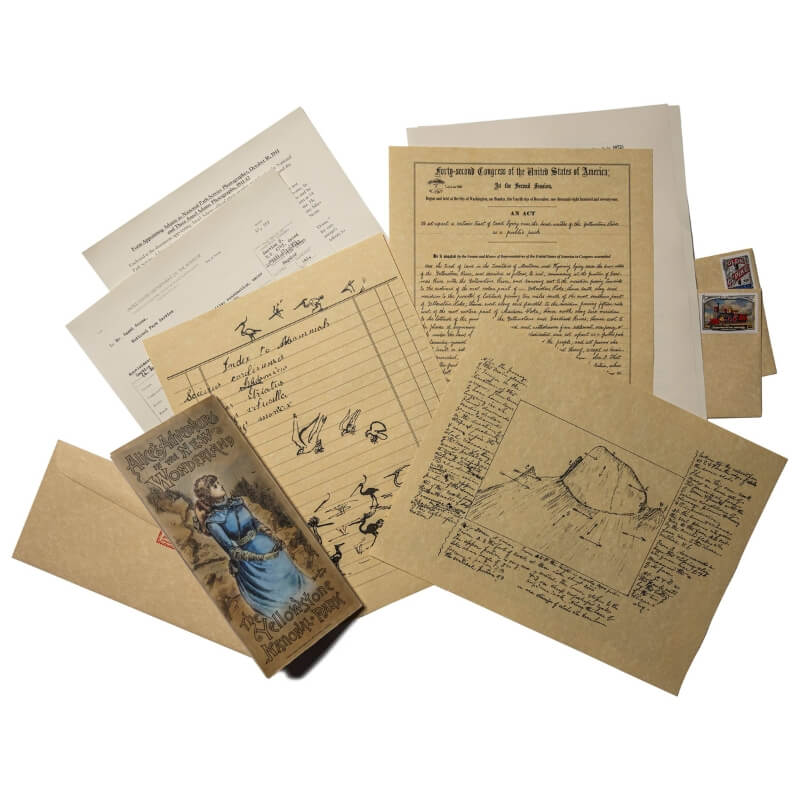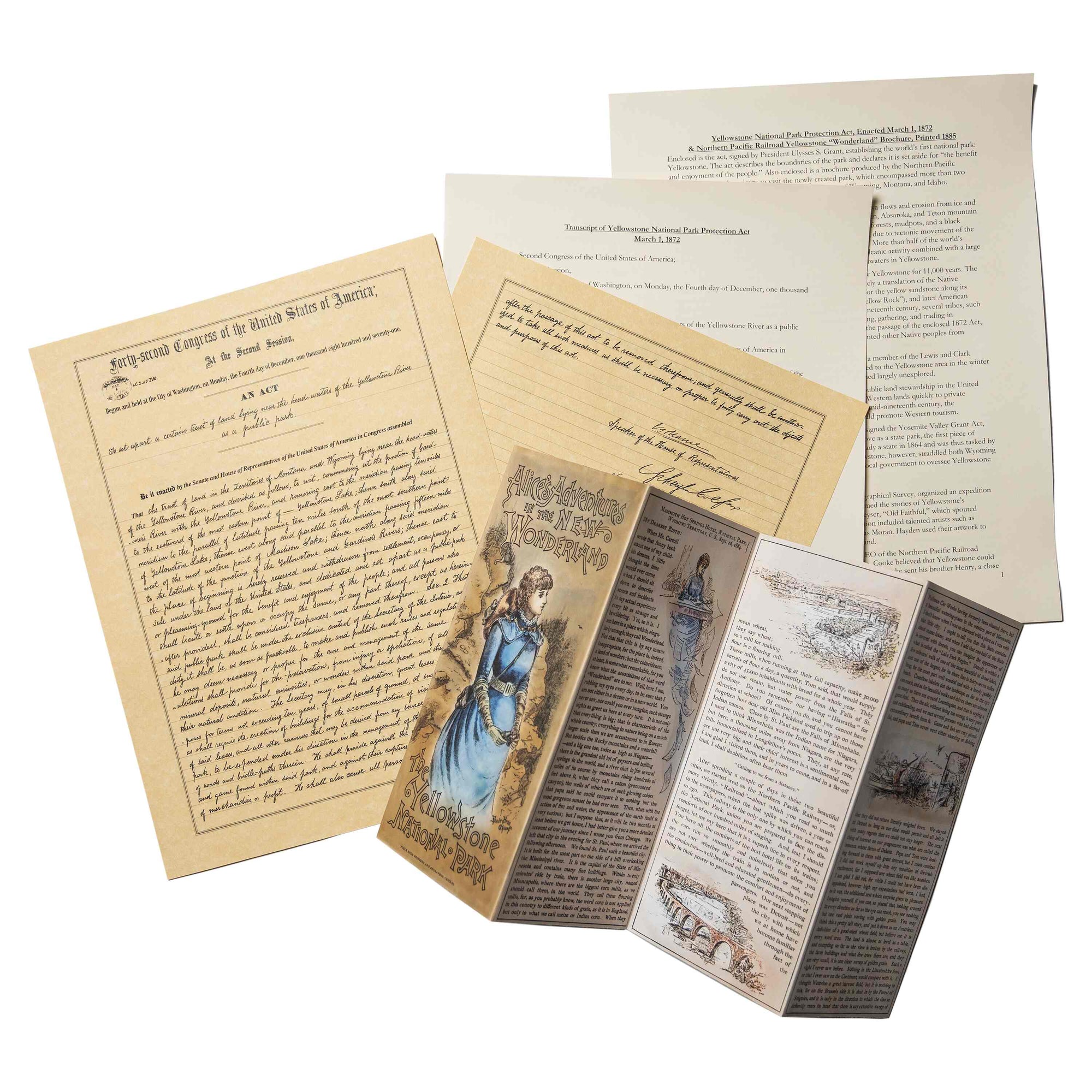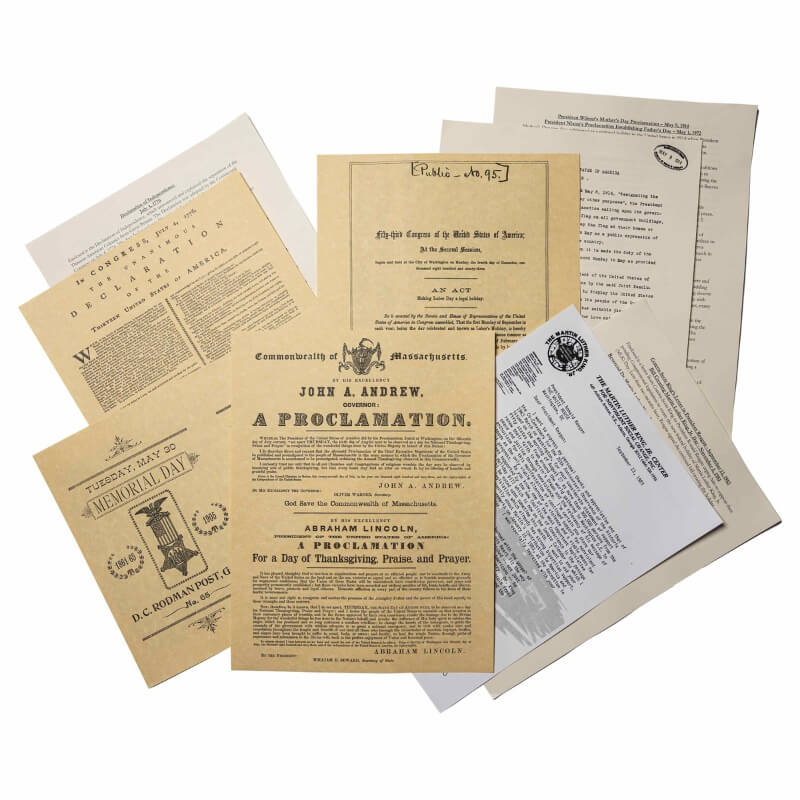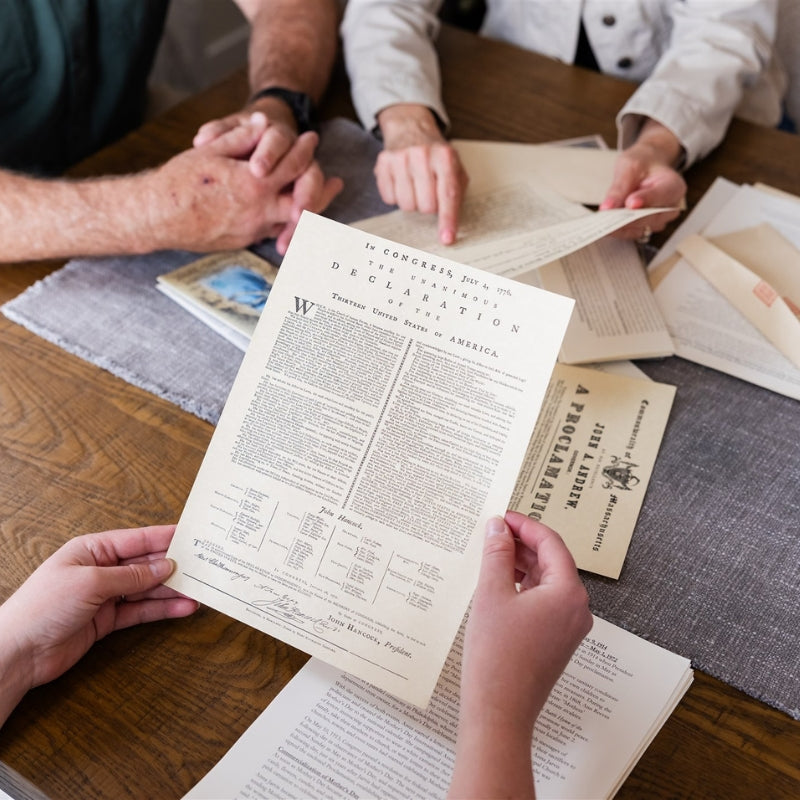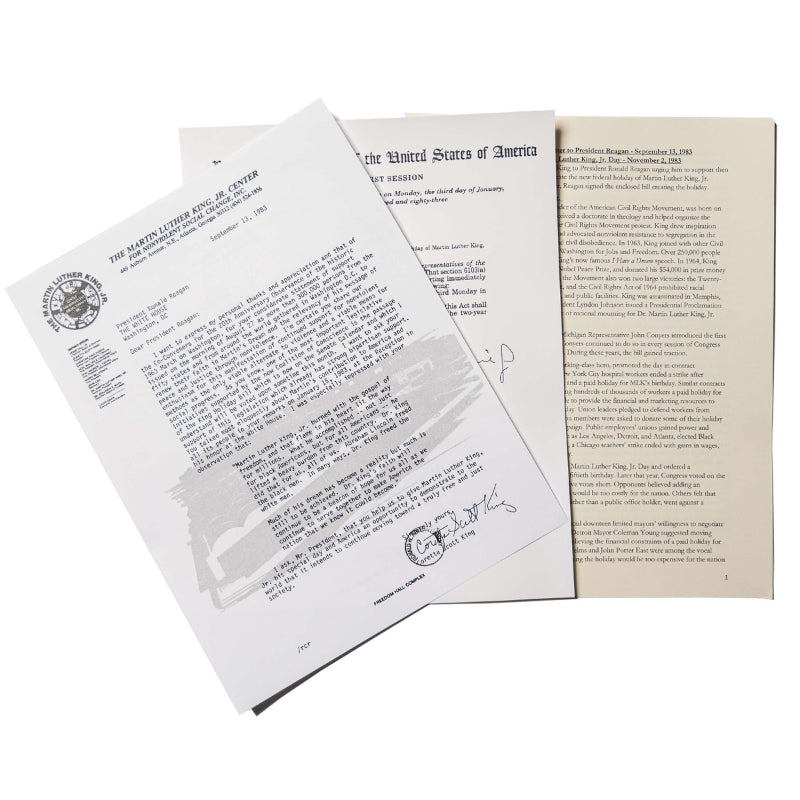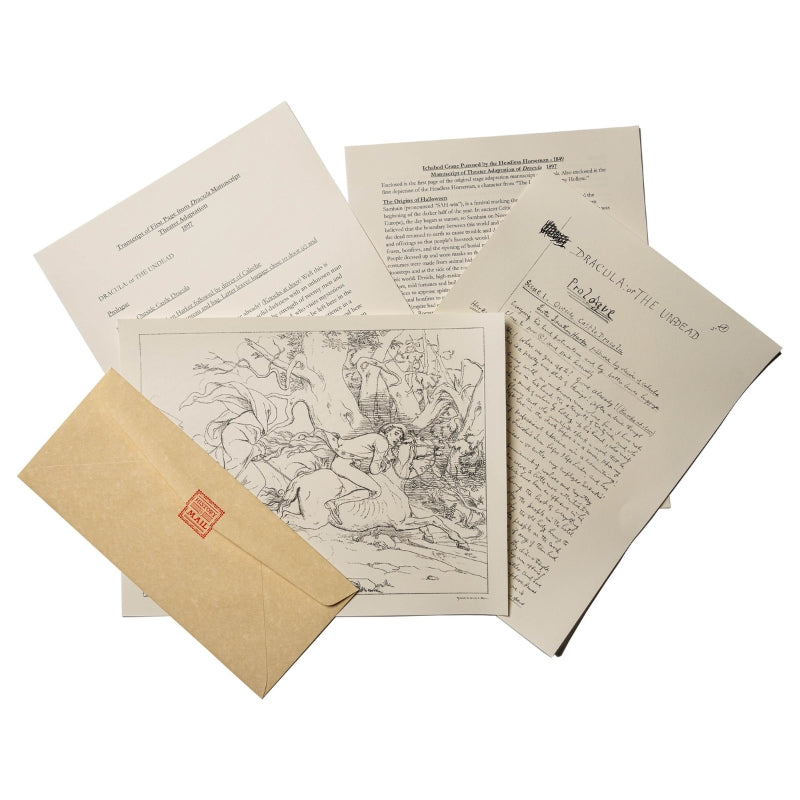The 1918 Influenza Pandemic attacked an estimated 500 million people, more than 20% of the world's population, and killed an estimated 50 million people globally! This is even more than the total amount of casualties from WWI, which ended the same year. 25% of America's population contracted the virus with 650,000 deaths in the U.S. alone. Within the span of months, the influenza virus had become the deadliest disease outbreak in modern history.
The flu virus filled people's lungs with fluid and they suffocated. The virus was found virtually everywhere, from densely populated urban areas to remote rural areas. Doctors and health officials could not identify the cause of the disease although crowded conditions during wartime and WWI troops moving throughout the world carried the disease.
Health officials focused mainly on containment, using masks as the most common response. The resulting mass panic caused most people to stay indoors. The outbreak ended in the summer of 1919 and scientists later discovered the cause was the H1N1 virus.
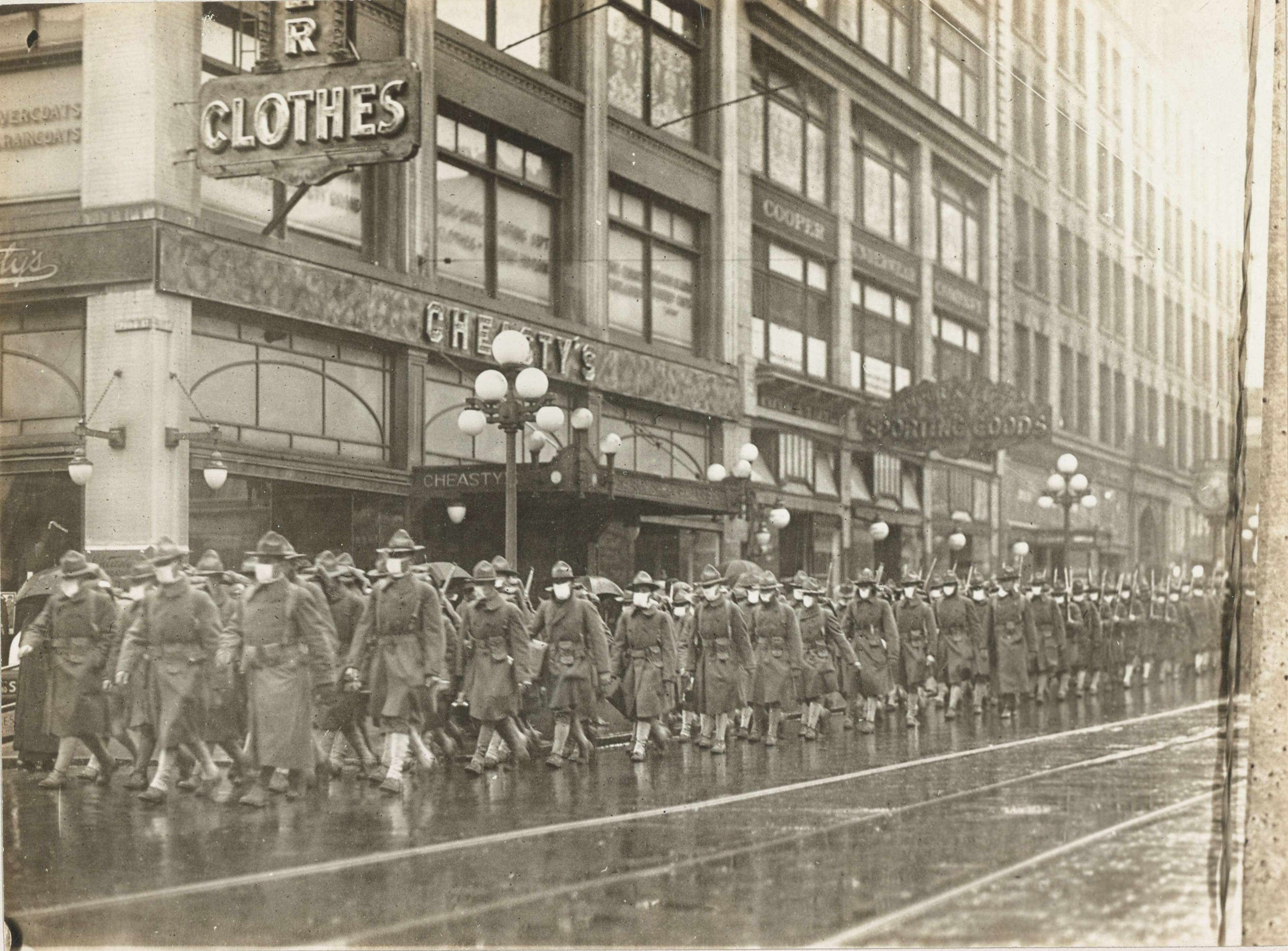
Here the U.S. Army's 39th Regiment Marches in Seattle, Washington with masks provided by the Red Cross before they are deployed to France.











